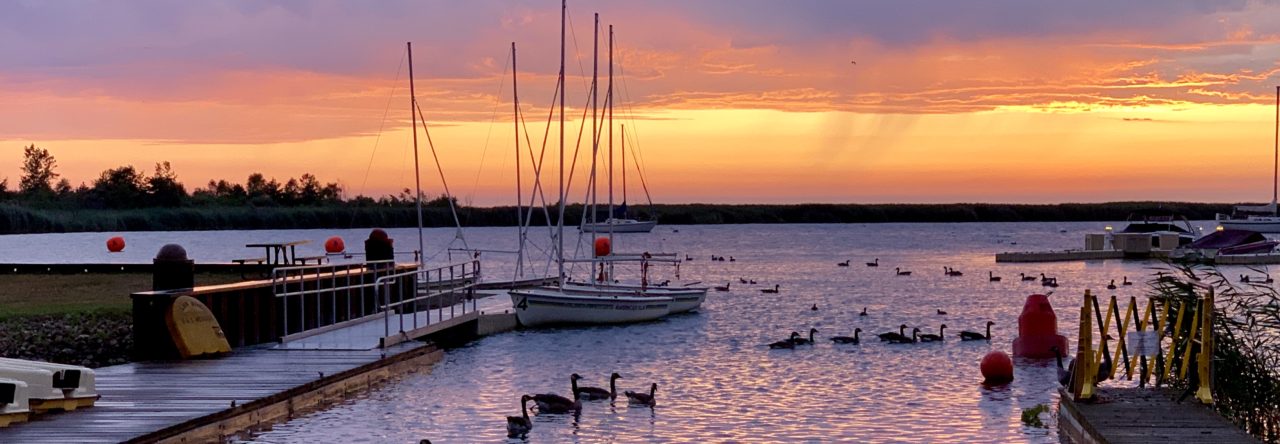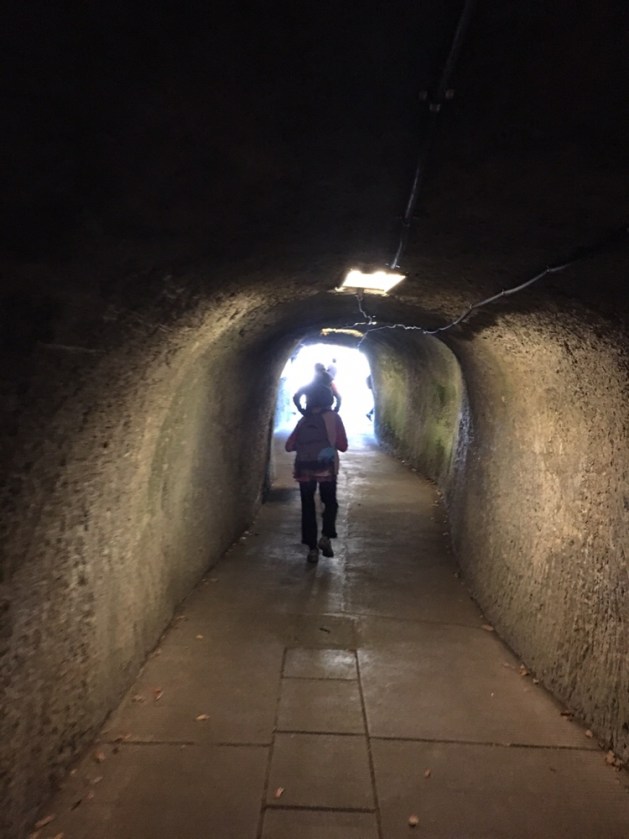After visiting the Tokyo Skytree, we went to the Sensō-ji Temple where we began the Seven Lucky Gods pilgrimage around Asakusa (pronounced A-sox-sa). The Sensō-ji Temple is one of the largest and most well temples in Tokyo. There were so many tourists!

A selfie at the start of our pilgrimage, the front gate of the temple. It was such a bright and sunny day!

After crossing through the front gate, there is a street with many stores selling every imaginable souvenir. Some of the stores weren’t open yet and so I was able to get a couple pictures of the art painted on the store doors.



The temple is very large and beautiful. 


With this Seven Lucky Gods pilgrimage, we were able to collect Temple stamps and small prayer cards that hang from a branch. At Sensō-ji Temple, I purchased the branch with a rooster card (2017 is the year of the rooster) and the card for Daikokuten, the God of commerce and prosperity.


Very close to Sensō-ji Temple was our next stop at the Asakusa Shrine. This shrine is dedicated to Ebisu, the God of wealth and prosperity.

Ebisu is the patron of fisherman and is shown holding a fish on the prayer card.

Our next stop was at the Honryuin Temple where Bisyamonten is honored. Bisyamonten is the God of War. He is pictured with an angry face to defeat evil!

The temple was unique because it had daikon that could be purchased as an offering. According to the temple brochure, “the daikon represents our minds trapped in deep ignorance, emanating poison of anger, but by offering a daikon to Kangi-Ten, that poison will be purged from our body and soul.”
Also, while we were waiting for my temple book to be stamped, one of the monks encouraged us to take dust from a beautiful gold urn and rub it on our palms and all over our bodies to cure any ailments. We rubbed it into our hands and down our legs hoping for a pain free marathon next weekend.


Cleansing water.

The fourth stop was the Imado Shrine or the Lucky Cat Shrine. This one has been on my list of must visit every since we went to the Lucky Cat Temple. The legend of the Imado Shrine was about an old woman who lived in Imado (Asakusa). She was forced to sell her cat due to extreme poverty. In her sadness, she dreamt of the cat telling her to make its image in clay. She created the clay cats and sold them. They were so popular she soon became very prosperous.



Here we collected the first of two prayer cards for Fukurokuji. Fukurokuji is the God of wisdom, luck, longevity, wealth, and happiness. The Imado Shrine features cats coupled together and visiting this temple is said to bring good fortune to your marriage. Also, if searching for a spouse, this is a good temple to visit and pray.

I purchased one of these cute of course a lucky cat prayer cards! Kawaii!




Look at these watering cans!

The next stop on our pilgrimage was the Ishihama Shrine. Here we collected the card for Jurojin, the God of longevity.

I loved the mixture of the stone and red wooden Tori gates.



After this stop is when my navigation went astray. I marked all of the Temples/Shrines on Google Maps the night before. Unfortunately, I tagged two of the wrong temples. Temples often have the same name. Like saying “First Baptist” or “United Methodist” – there can be more than one in an area. I should have looked at the map I was given at Sensō-ji Temple a little closer. I would have saved us about 1.5 hours of back-tracking.

The good part, we found a delicious conveyor sushi spot to eat lunch. All was not lost!
When we finally arrived back at the Fudodin Temple where we collected the prayer card for Hoteison, the God of good fortune.

If you notice Hotei on the map, you will see this temple was very close to where we just were when we went to the Ishihama Shrine. I added a 1.5-hour detour. Fortunately, we did ride the train and eat lunch for some part of that 1.5 hours.
The Fudodin Temple was small and colorful.


Now we were back on track with two stops remaining. As we were walking towards the Yasaki Inari Shrine, we came upon a vending machine selling beer. Yes! Another new experience! Would we be able to buy a beer? Yes, yes we were! And thanks to my fabulous brother, I had a koozie to keep it cool and my hand warm! Kanpie!

I’m still confused about how this is possibly legal. Regardless, we happily drank our beer and walked to next stop, the Otori Shrine also dedicated to Jurojin. Our second Jurojin – Jurojin is the God of longevity and pictured here with a deer, a symbol of longevity.

I am not clear why there are two Jurojin on this pilgrimage. There are also two Fukurokuju – we skipped the last one. Here is the Otori Shrine. Small and bright.

Continuing to the last stop, the Yoshiwara Shrine, we came across a small shrine around the corner from the main Shrine. Both the main and smaller Yoshiwara Shrine are dedicated to Benzaiten, the Goddess of water and music. Check out the artwork!




We continued on to the main Yoshiwara shrine. It was just as embellished!


The main altar. Gotta love the Sake barrels!


The prayer card of Benzaiten.

I took another up close picture of the hanging offering outside the entrance.

And one last selfie at the completion of our journey.


Our branch is now complete with our cute prayer cards for each lucky God.

This is my fourth Seven Lucky Gods. I enjoy them because they take you through parts of an area you wouldn’t normally visit. Plus, I love seeing the different temples/shrines. They are all so unique. Simultaneously, I love the scavenger hunt aspect. Yesterday was the perfect setting for wandering around Asakusa gather luck!
This Seven Lucky Gods pilgrimage was a bit longer than the others I have completed. According to Dave’s Fitbit, we walked 13.30 miles on Saturday. (This also included our trip to the Tokyo SkyTree.) None the less, it was a lot of walking and my side excursion only made it longer. By the time we finished, we were ready for a cold beer to celebrate our pilgrimage. Kanpie!





































































































































































































































































































